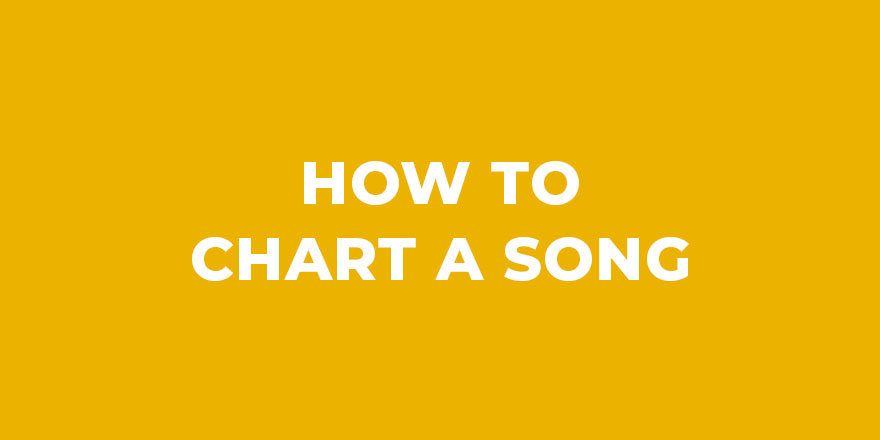Course Description
This course includes one hour of instruction and a study guide with classwork and examples. Simply put, charting is the process of identifying the harmony that is being used in a song. It is a skill that you must learn if you hope to work through many of the more advanced courses such as arranging, reharmonization, and accompanying.
This course focuses on charting the harmony of music that is written as vocal music (such as you would see in any hymnal). It is a 1-hour course and comes with a study guide with assignments.
The goal is to be able to identify chords while you are actually reading music. While this may seem impossible, this course, along with consistent application, will get you to that point faster than you might think.
The course also gives tips for charting harmony by listening to a song.
If you are serious about being a better church pianist, take this course before you take others. It provides a framework for all the improvisation you will do later.
Suggested Prerequisites
We suggest that you know the following to be able to understand this course:
- How to read music (general basics such as naming notes, counting, key signatures, etc.).
- Basic theory. You need to know how to play a major scale. Ideally, you can build simple chords such as major and minor triads. If you need help in this area, consider purchasing Theory for Church Pianists.
You must log in to submit a review.

